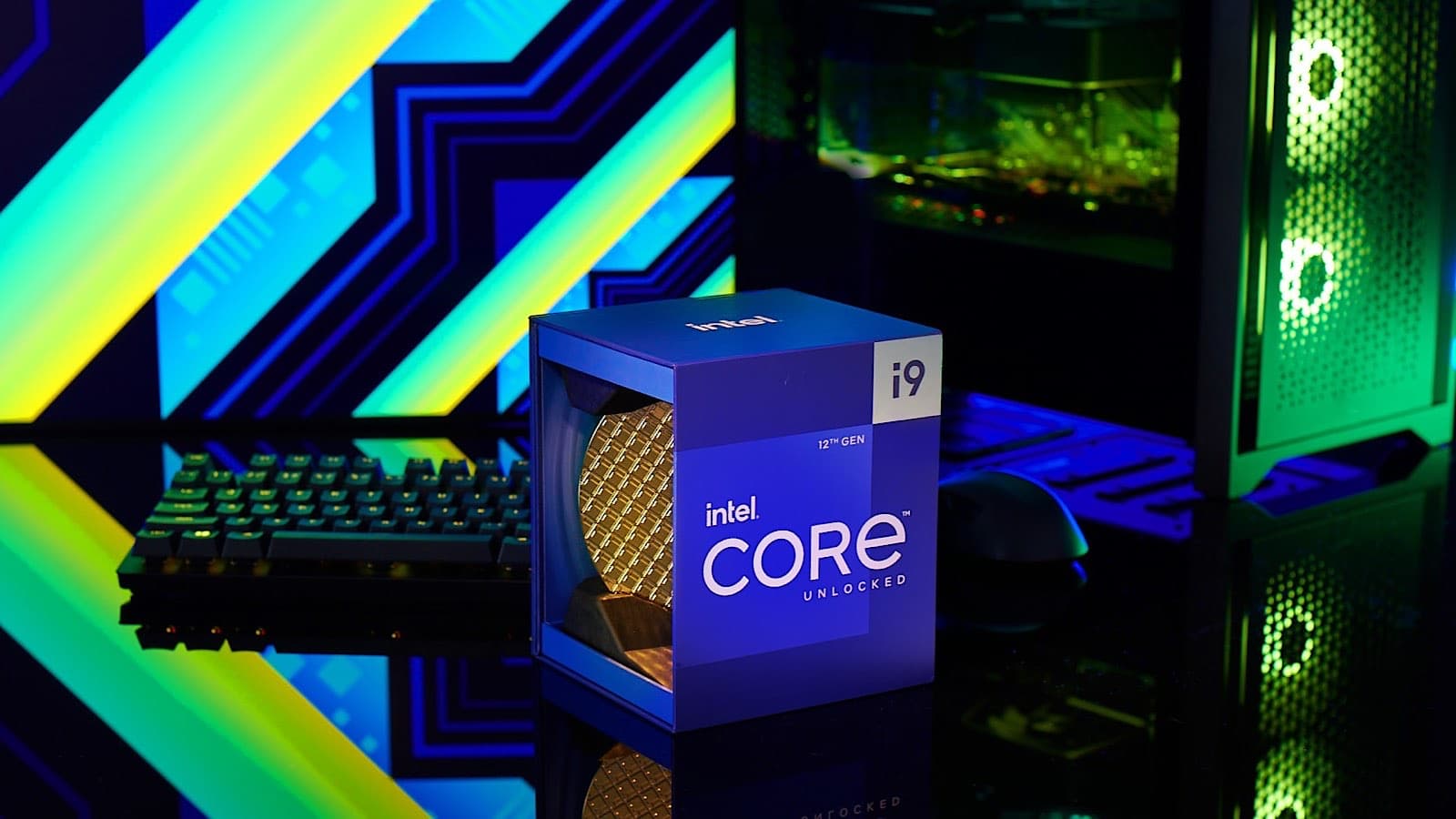The latest small chip from Intel has a big focus for people who need heaps of power, namely gamers.
Even though almost any computer can play a style of games, not every computer can handle the latest games quite the same way. To play the games demanding lots of power and graphical prowess, you need the equipment to let you do just that, and that typically means a big processor and a big graphics card.
The latter is something you can upgrade as time goes on, but the former is a little more arduous, often needing more than just the new CPU you plan on upgrading with. It may mean a new motherboard and memory, and setting up a brand new install of everything including an operating system and your favourite apps. It’s no wonder people typically stick with a chip for so long, picking something that can work for the next few years for their needs.
For gamers, the latest attempt at staying with a chip could well be here, as the first of Intel’s 12th-generation Intel Core chips has been launched, that first one focused squarely at gamers in general, thanks in part to their needs.
Launched as the Core i9-12900K, it’s a desktop chip and something Intel is touting as the “world’s best gaming processor”, thanks in part to a staggering 16 cores and maximum clock speed of up to 5.2GHz, taking power and turning it into raw speed and performance, improving frame rates on games not just when playing, but also while doing simultaneous streaming and recording.
To make this happen, the chip relies on a hybrid approach of core design, splitting those 16 cores into performance cores and efficiency cores, with eight on each, designed to balance the load and keep system chugging regardless of what’s going on. It’s a process we’re beginning to see recognised in more and more chip designs, with performance and efficiency cores part of what makes up the chips designed by Apple and used in the M1, which had four each when it launched last year, while the newer M1 Pro and M1 Max may split its load differently, balancing the load to bolster more for power overall dependent on the chip model in question.
Intel’s platform will also support faster PCI-express for improvements in graphic card speed, support for WiFi 6E, and a bump up on DDR5 memory transfers per second, all to help boost performance. With these in mind, gamers aren’t the only focus, with improvements in creative applications, as well, affecting photo editing, video editing, and 3D modelling applications, to name a few.
It won’t just be Intel’s Core i9 that sees the 12th-generation love, though in the beginning it’s all happening on the desktop, with laptop variants to arrive later on. To begin with, the 12th-gen Intel Core chips will cover Core i9-12900, Core i7-12700, and Core i5-12600 models, with others coming in the future.
“The performance hybrid architecture of 12th Gen Intel Core processors is an architectural shift made possible by close co-engineering of software and hardware that will deliver new levels of leadership performance for generations,” said Gregory Bryant, Executive Vice President and General Manager of the Client Computing Group at Intel.
“This begins with the arrival of our flagship Core i9-12900K – the world’s best gaming processor – and you will see even more incredible experiences as we ship the rest of the 12th Gen family and beyond.”
Intel notes that the full Core 12th-gen family — codenamed “Alder Lake” — will come in 60 processor variations, there’s no local pricing yet for how much this chip will cost. The expectation is eager computer builders can expect it in November, though we’d expect that Core i9-12900K chip to push somewhere near the thousand dollar mark when it launches, so you might want to start saving.






